When it comes to lowering harmful emissions and ensuring that your vehicle operates in an efficient manner, the catalytic converter, which is an essential component of the exhaust system of your vehicle, plays a significant role.
This blog post aims to present critical observations regarding the maintenance of your vehicle’s catalytic converter. In our guide, ‘How to Maintain Your Catalytic Converter’, we’ll share essential tips to keep your converter performing at its best. Let’s get started!”
These observations will include the identification of potential problems, theft prevention, and cost-effective maintenance tactics.
Key Takeaways
- Understanding how a catalytic converter works and its types is crucial.
- Regular maintenance, including inspections, cleaning, using the right fuel, timely repairs, avoiding short trips, regular oil changes, and using a catalytic converter cleaner, can keep your catalytic converter running smoothly.
- Common problems with catalytic converters include overheating, contamination, and physical damage.
Contents
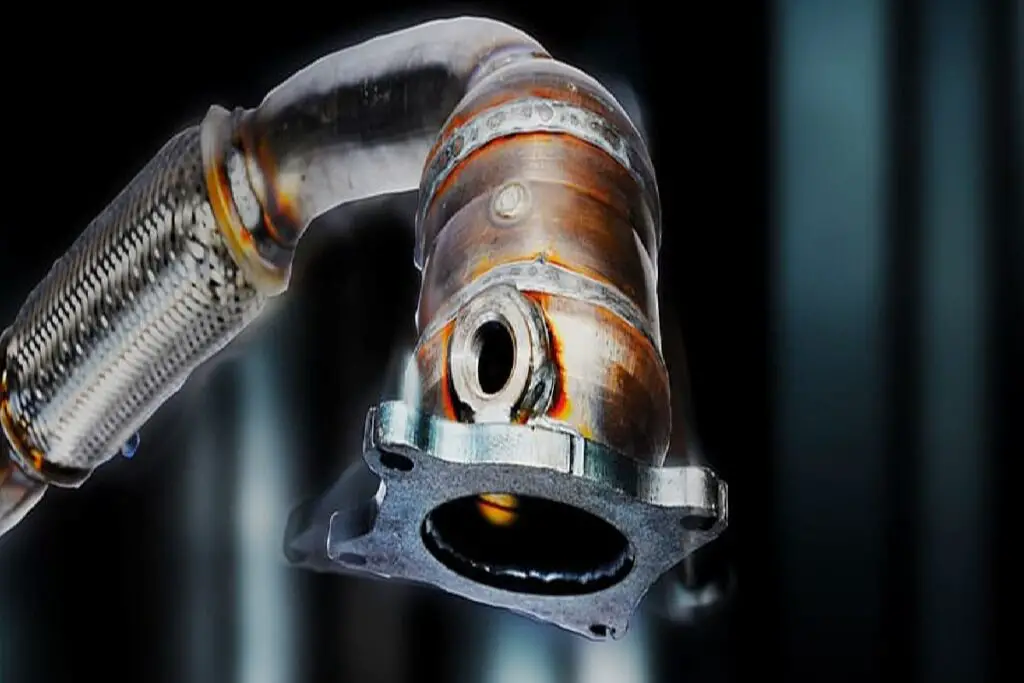
Understanding Catalytic Converters
Before we dive into maintenance, let’s gain a clear understanding of what a catalytic converter is and what it does. This knowledge will help you appreciate the importance of proper maintenance because you only keep what you know about.
A catalytic converter is an emission control device that converts toxic pollutants in exhaust gas into less harmful substances before they are released into the atmosphere.
They serve as eco-friendly warriors, tasked with converting harmful gases from your engine’s combustion process into less harmful substances before they exit the tailpipe.
They play a significant role in reducing air pollution and meeting emission standards, which are critical requirements for any car in some countries, such as Japan and the European Union.
The oxygen sensor transmits information from the catalyst to the electronic control unit, or power control module.
Understanding the role and indicators of a well-functioning or failing catalytic converter is crucial for proactive maintenance. Here are key signs to look out for:
| Indicator | Functioning Converter |
|---|---|
| Efficient Emissions Reduction | Reduced emissions of harmful pollutants in exhaust gases |
| Optimal Engine Performance | Consistent engine power and fuel efficiency |
When signs such as decreased fuel efficiency, sulfuric odor from exhaust, or rattling noise during startup are observed, it may indicate potential issues with the catalytic converter.
Various types of Catalytic Converters
It is vital to have a solid understanding of the two principal types of catalytic converters, which are two-way and three-way catalytic converters, in order to efficiently maintain your catalytic converter.
Catalytic converters that work both ways
These converters, also known as “oxidation” converters, primarily perform the following two tasks:
The equation 2CO + O2 = 2CO2 represents the formation of carbon dioxide from the oxidation of carbon monoxide.
Hydrocarbons undergo oxidation, producing carbon dioxide and water in the following ways: CxH2x+2 + [(3x+1)/2] O2 → xCO2 + (x+1) H2O
The Catalytic Converters That Are Three-Way
Since 1981, both the United States of America and Canada have utilized “three-way” catalytic converters in the pollution control systems of electric vehicles. Compared to other converters, these are more advanced and can perform three functions simultaneously:
Nitrogen oxides are reduced, resulting in nitrogen and oxygen. 2NOx → xO2 + N2
The equation 2CO + O2 = 2CO2 represents the formation of carbon dioxide from the oxidation of carbon monoxide.
Unburned hydrocarbons (HC) undergo oxidation, which results in the production of carbon dioxide and water. CxH2x+2 + [(3x+1)/2] O2 is equal to xCO2 plus (x+1) H2O.
In order to perform appropriate maintenance on your car, you must have a solid understanding of the type of catalytic converter that is installed in it.
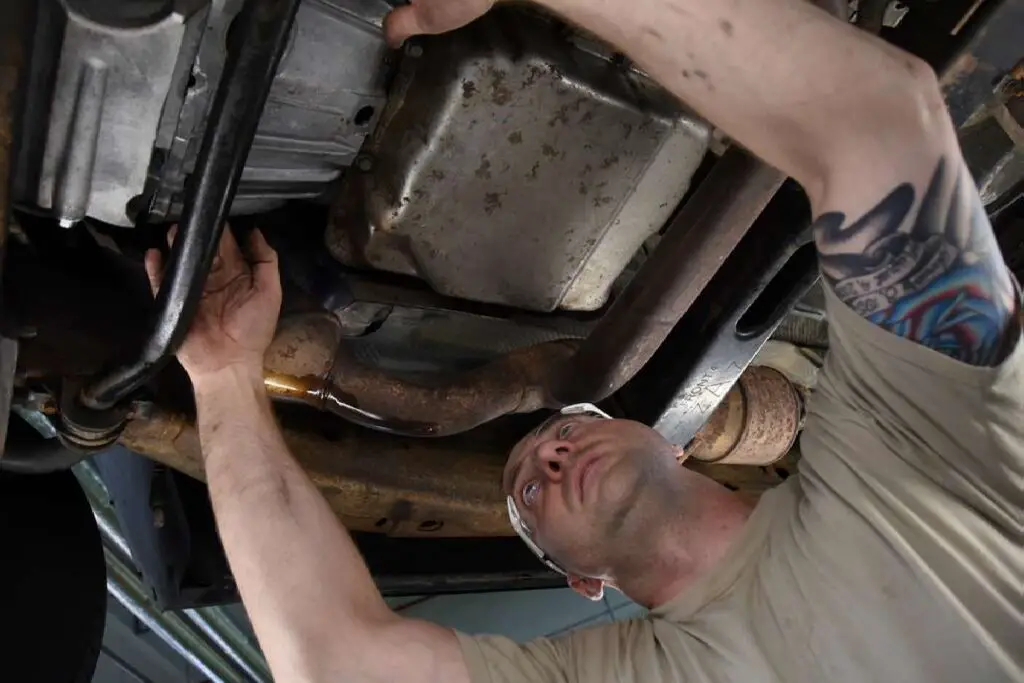
The Cost of Catalytic Converter Replacement
Replacing a catalytic converter can be expensive, with costs ranging from $500 to $2,000 or more, depending on your vehicle’s make and model and the type of converter required.
Factors that influence the cost of replacement include labor costs, the location of the converter, and whether you choose an OEM or aftermarket part.
| Factor | Impact on Replacement Cost |
|---|---|
| Vehicle Make & Model | Luxury and high-performance vehicles often require pricier parts |
| Converter Type | OEM parts may be more expensive than aftermarket alternatives |
| Labor Costs | Complex installations can escalate labor expenses |
| Location | Urban areas may have higher labor rates for replacement |
Understanding these factors can help vehicle owners anticipate potential costs associated with catalytic converter replacement.
Preventing Catalytic Converter Theft
In recent years, catalytic converter theft has become a growing issue due to the valuable metals they contain, such as platinum, palladium, and rhodium.
To prevent theft, consider installing an anti-theft device, parking in well-lit areas, and etching your vehicle’s VIN onto the converter to make it easier to identify if stolen.
| Year | Number of Thefts |
|---|---|
| 2018 | 1,298 |
| 2019 | 3,389 |
| 2020 | 14,433 |
| 2021 | 52,206 |
| 2022 | 64,581 |
The Value of Scrap Catalytic Converters
Selling the old catalytic converter for scrap may help cover the cost of replacing it.
The value of a scrap catalytic converter depends on factors such as the type of metal it contains and its overall condition.
To safely and legally sell a scrap catalytic converter, research reputable buyers in your area and ensure you have proper documentation.
| Converter Type | Average Scrap Price Range |
|---|---|
| Small Foreign | $50 – $120 |
| Large Foreign | $100 – $200 |
| Small Domestic | $30 – $80 |
| Large Domestic | $60 – $150 |
This information can guide individuals in making informed decisions when selling their scrap catalytic converters.
How to Maintain Your Catalytic Converter: A Step-by-Step Guide
Let’s now examine the crucial steps you must take to maintain your catalytic converter for optimal performance and longevity.
Step one: Conduct routine inspections.
Regular inspections of your catalytic converter are the first line of defense against any potential problems that may arise.
During the operation, you should be on the lookout for any signs of physical damage, such as dents or cracks, and you should also listen for any unusual noises.
This is especially important when traveling on underdeveloped roads.
step 2: regular cleaning
Despite its high efficiency in enhancing the converter’s function, catalytic converter cleaning is a maintenance step often overlooked.
We highly recommend cleaning your catalytic converter every time you change your oil.
Cleaning solutions designed specifically for catalytic converters can aid in the removal of carbon buildup.
To save money, you can take a different approach by following the outlined measures below.
Use the appropriate tools to remove the catalytic converter from your car. The next step is to fill a large bucket with a solution of dish soap and water until it is full.
After removing the catalytic converter, immerse it in the soapy solution and let it soak overnight.
Immediately after the soaking process, ensure the converter’s honeycomb structure is clear of any debris.
You are able to proceed with the reinstallation of the catalytic converter and the reassembling of your car’s exhaust system, provided that it is clean.
Step 3: Determining Which Fuel to Use
The type of fuel you use has a direct impact on the health of your catalytic converter, as well as the amount of time it will last.
High-quality fuels, particularly those with a higher octane rating, are the ones that we recommend.
This is because high-quality fuels typically contain superior detergents that can help prevent the accumulation of impurities in the catalytic converter.
When you use fuel of poor quality, carbon can accumulate in the catalytic converter, causing it to perform less effectively.
On the other hand, when you use premium fuel, you can not only increase the life of your catalytic converter but also improve your car’s overall efficiency.
Step 4: Timely Repairs
Dealing with problems as soon as they appear is of the utmost importance. Clogs and broken oxygen sensors are two of the most common issues that can arise with catalytic converters.
Should you choose to disregard these concerns, it may result in your converter overheating and suffering more serious damage.
Other signs of a clogged catalytic converter include a rotten egg-like smell, trouble starting the car, sluggish acceleration, power loss, and poor fuel efficiency.
When looking for an exact diagnosis and repair, it is always best to consult with a professional technician.
Step 5: Avoiding short trips
Only short excursions may negatively impact your catalytic converter’s efficiency.
You must bring the converter to a specific temperature, typically between 800 degrees Fahrenheit (426 degrees Celsius) and 1,832 degrees Fahrenheit (1,000 degrees Celsius), for it to function properly.
Short drives may prevent the converter from reaching this temperature, resulting in moisture accumulation and possibly rust in the exhaust system.
If you want to keep your catalytic converter in excellent condition, you should attempt to avoid short excursions or stretch them out into longer ones if you can.
Step 6: Oil changes on a regular basis
Maintaining your catalytic converter’s health requires that you change the oil on a regular basis.
The use of high-quality oil enables it to function more effectively, which in turn lowers emissions and improves gas economy.
But too much or poor-quality oil can cause damage to your converter.
An excessive amount of oil can combine with air to produce a foamy substance that does not adequately lubricate the engine, which may eventually lead to a seizure.
Inadequate lubrication and an excessive amount of oil can also cause the catalytic converter to fail and harm other components.
Therefore, it is crucial to follow the specified oil change frequency to ensure continuous lubrication of your vehicle.
step 7: Utilizing the Catalytic Converter Cleaner
Regularly using a catalytic converter cleaner can help extend the converter’s lifespan and efficiency.
Catalytic converter cleaners are specialized products that can help remove carbon buildup and improve performance.
These cleaners help to remove carbon buildup and other contaminants, improve overall performance, and reduce emissions. Utilizing a cleaner according to the product instructions can contribute to improved fuel economy and longer converter life.
Including these cleansers as part of your routine maintenance routine is analogous to treating your converter to a day at the spa.
check today’s price for the best catalytic converter here
common problems with catalytic converters and their fixes.
Knowing the causes and solutions of catalytic converter issues is crucial. To address some of the most common issues, consider the following examples:
1. Excessive heat
There is a possibility that fuel will enter the catalytic converter if it is not entirely burned, which will cause the converter to overheat.
As a result, the converter may partially melt down, causing it to function incorrectly.
Regular maintenance and inspections can help prevent this issue. If your catalytic converter has already overheated, it may require replacement.
2. contamination.
Various contaminants, such as engine coolant or oil, have the potential to enter the catalytic converter, impeding its performance.
It is possible to reduce the risk of contamination by performing routine oil changes and making certain that your engine does not leak any fluids.
3. Damage to the Body
Road debris and accidents are two of the most common causes of damage to catalytic converters, which are essential components in the process of lowering hazardous emissions from vehicles.
They are vulnerable to potential impacts and abrasive materials because they are located on the underside of the vehicle.
There is a possibility that damage will hinder their function, resulting in increased emissions and potential engine difficulties.
The solution is that routine inspections can assist in detecting physical degradation at an earlier stage. It is highly likely that you will need to replace your catalytic converter once it has sustained damage.
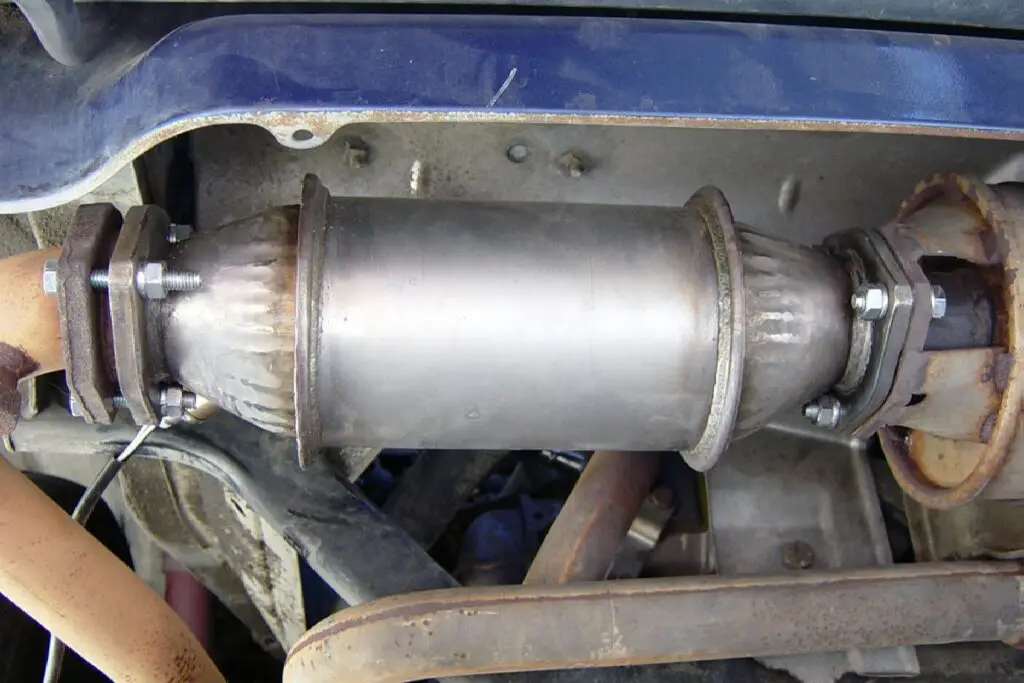
Conclusion
Maintaining a smooth-running catalytic converter is not just about ensuring your vehicle performs at its best; it’s also about contributing to a cleaner environment by reducing harmful emissions.
By following these 7 steps and staying aware of potential issues and their solutions, you can enjoy a quieter, more efficient ride while doing your part for the planet.
Remember, each vehicle is unique, so always consult with a professional mechanic or your vehicle’s manufacturer for specific advice on maintaining your catalytic converter.
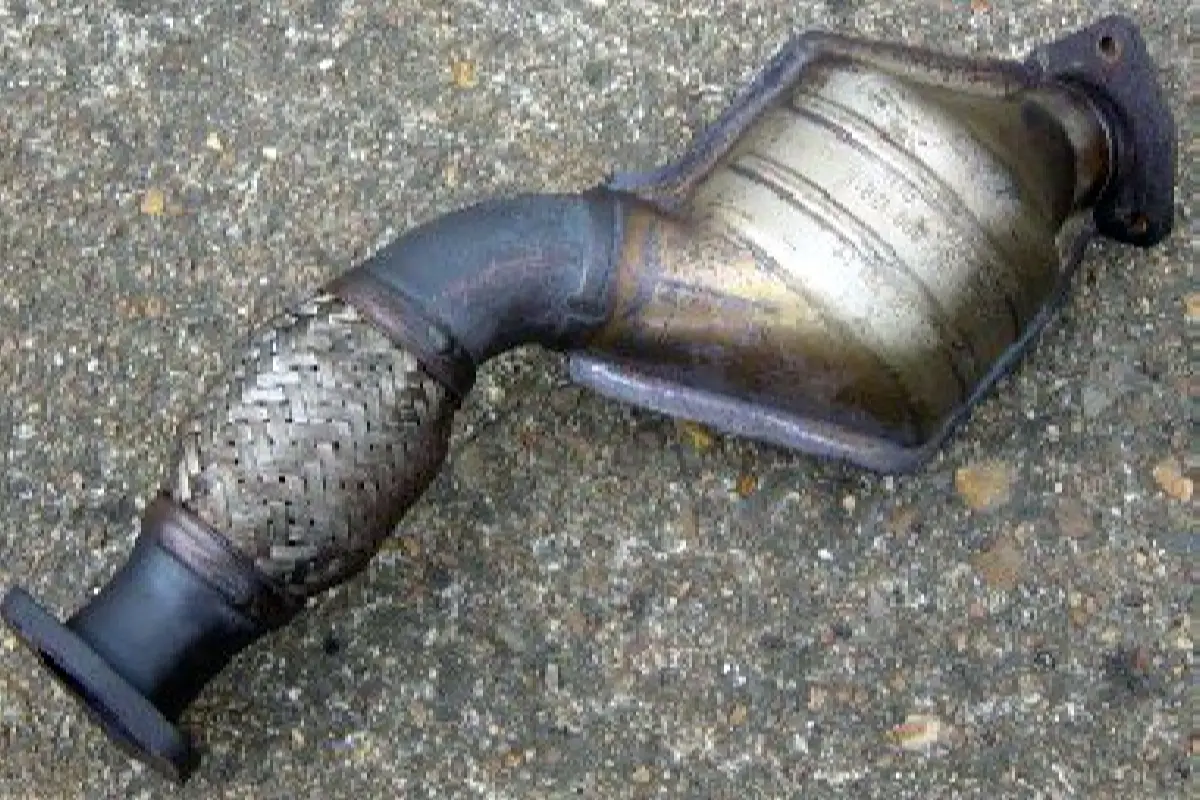

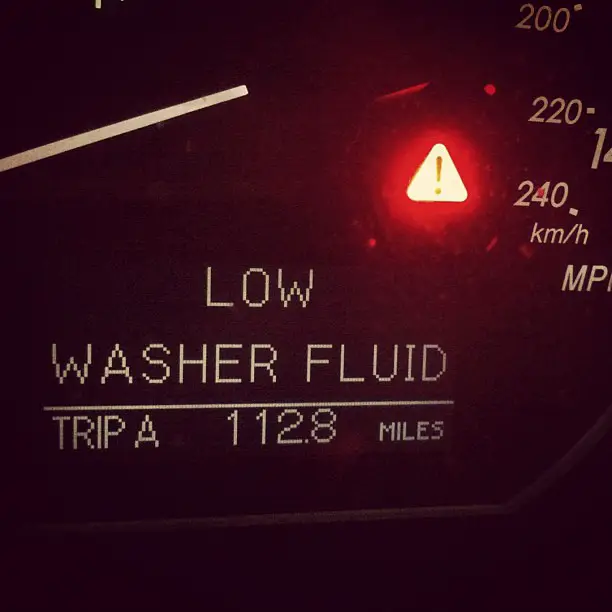
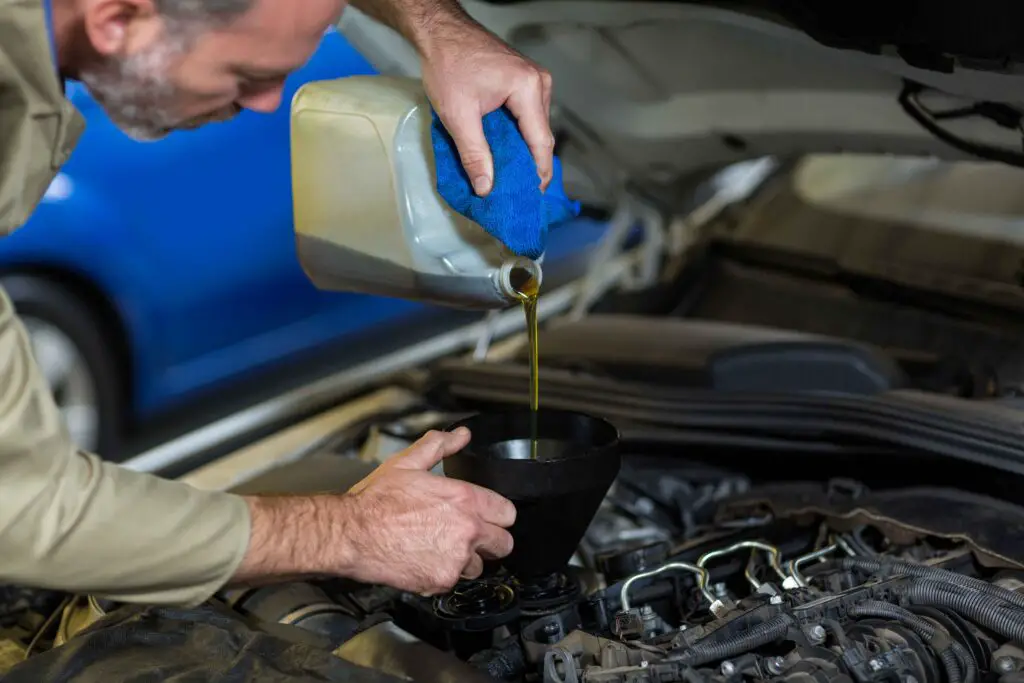
Leave a Reply